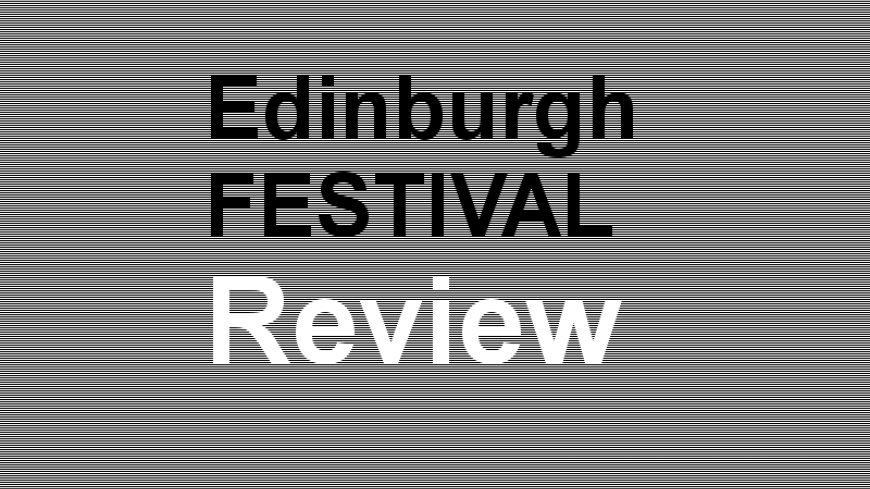
Whether one is a resident or a visitor, people wonder at and about the architecture of Edinburgh. As an increasing number of high-rise flats and office buildings continue to be shoe-horned into diminishing space, questions about the future of Edinburgh's
built environment and its future rise as fast as new buildings.
Nick Barley of the Lighthouse had problems with the sound system in the Spiegeltent, but managed his introductions of Simon Jenkins, the well known-columnist and commentator, Ricardo Merini of City of Edinburgh Council, Professor Charles McKean and architect Richard Murphy.
Jenkins kicked off the lively exchanges which followed by urging Edinburgh's citizenry to take awful warning from the current state of London, where relaxation of planning controls has lead to the impositions of opportunist developers on several significant sites, and to the interruption of
established views by tower block developments. He envisioned London falling
prey to development in the same way as Malaysia, and mourned the trend by which
local authorities are bribed with small social housing concessions or minor
improvements to infrastructure, in return for carte blanche approval of poorly
thought out and executed developments.
Ricardo Merini concurred with some of Jenkins' arguments,
pointing to post 1947 development as being unimaginative, of poor quality, and
offering residents little in the way of amenity or infrastructure. Merini felt
that we have lost our ability to judge quality, to demand it and possibly even
recognise it where it does exist. He urged councilors, planners and architects
to be less cautious, not to shy away from tackling complex issues and tasks
boldly, and to recognise that much architecture of the past was a radical and
bold response to the age in which it was designed.
Charles McKean pointed out that the remit of Edinburgh World
Heritage Trust was to be a guardian of the character of the area in its care,
and to consider how the city can evolve in sympathy with its existing structures.
Much of what has been written and said about Edinburgh, he contended, was
'myth, misrepresentation and lies'. McKean contrasted Edinburgh's approach to
conservation architecture with that of Lyons, and argued strongly against the
sort of approach which produces pastiche architecture supposedly in sympathy
with surrounding buildings but in fact degrading both old and new.
Richard Murphy drew a facetious parallel between planning
consultations in Cuba and in Edinburgh, and seemed to regard any form of
regulation as inherently restrictive. He claimed that what he wanted to see
built were 'listed buildings for our grandchildren', something of a challenge
given the economic limits and deliberate de-skilling prevalent in the
construction industry at present. Murphy spoke of the 'creeping cancer of 100
timidities, but seemingly failed to recognise that timidity is not the sole
provenance of bureaucrats, or that perfectly proper considerations of such
matters as accessibility affect what it is presently possible to build.
Predictably. the open
discussion which followed was animated by genuine, if frequently competing,
concerns. No surprise that a large audience should express hear-felt, if very
different views about the future of Edinburgh's built environment, but
heartening nonetheless that they should turn up in such numbers, on a very wet
and chilly night, in order to do so.

